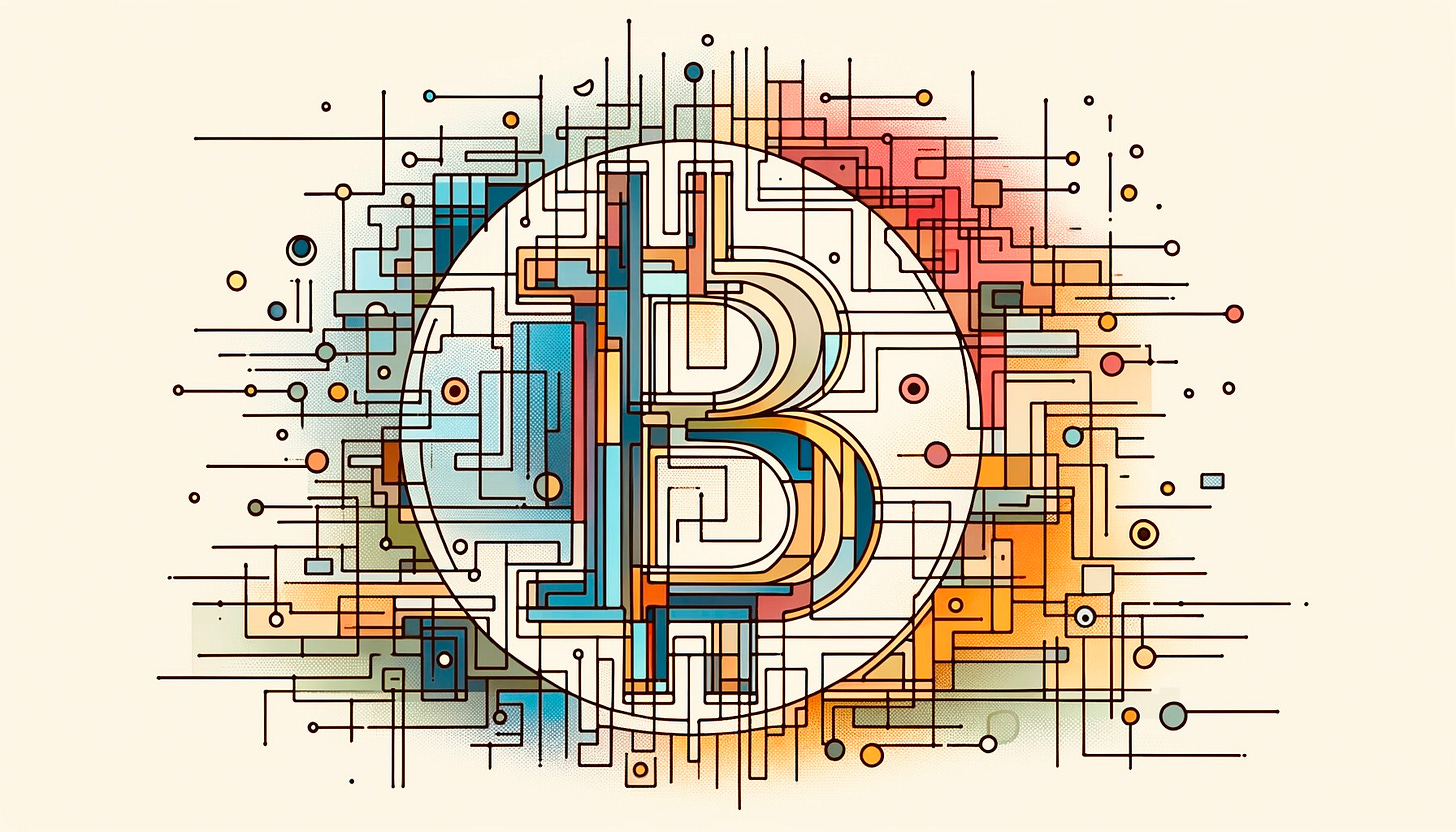Bitcoin’s Possibilities and the Errors of Fiat Economists
Whether fiat authorities like it or not, Bitcoin is now in free market competition with many other assets for the world’s cash balances, and it is a competition Bitcoin will win or lose on the market.
by Saifedean Ammous
The following essay first appeared in Saifedean Ammous’ 2021 book, The Fiat Standard. It has been edited, truncated, and republished here with permission from the author.
Perhaps the most common misconception about Bitcoin among fiat economists is that they imagine it needs their educated official approval, and a regulatory green light…
Keep reading with a 7-day free trial
Subscribe to Muftah Magazine to keep reading this post and get 7 days of free access to the full post archives.


